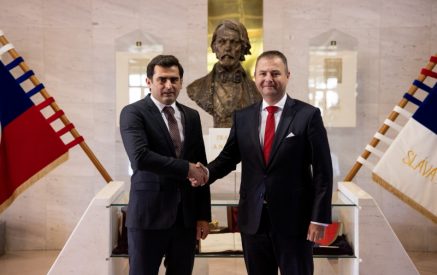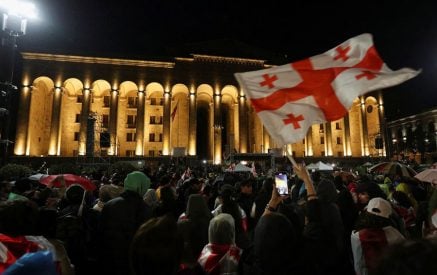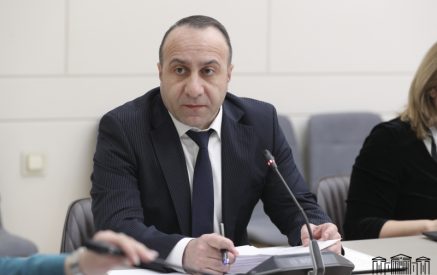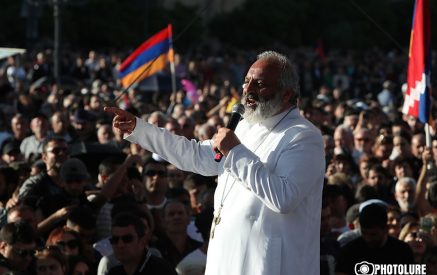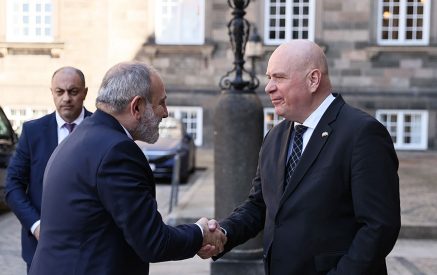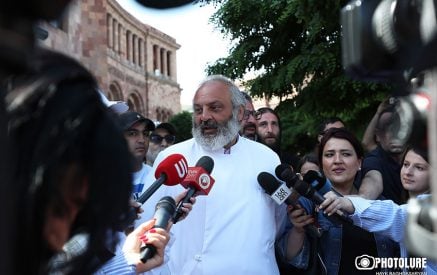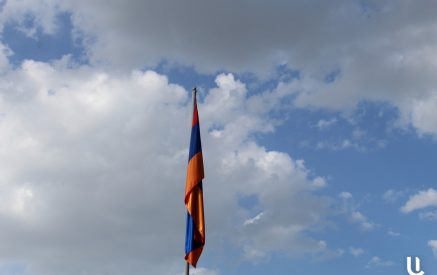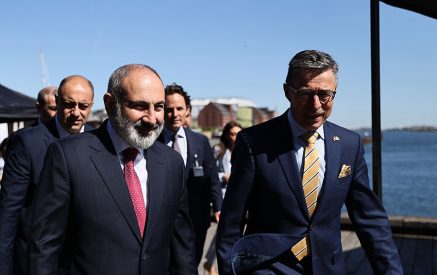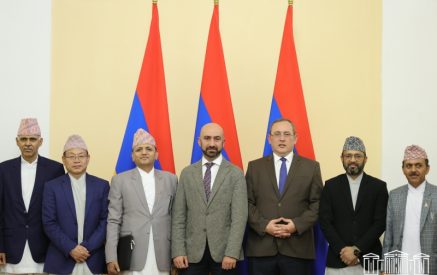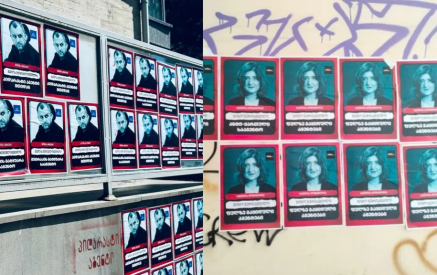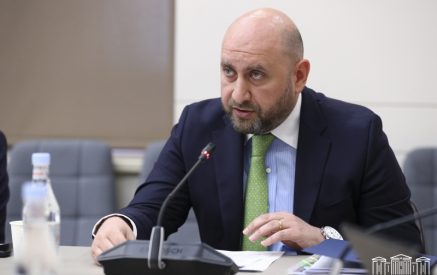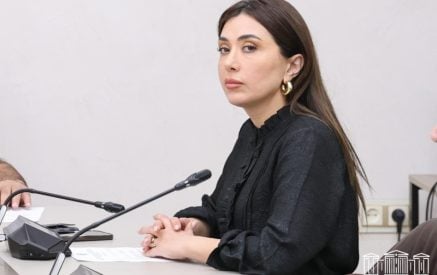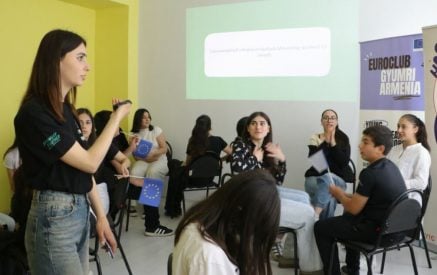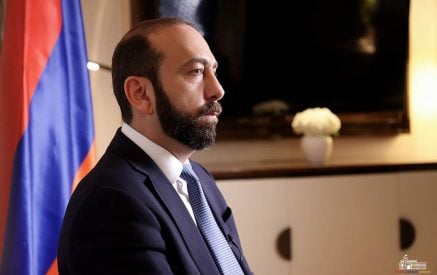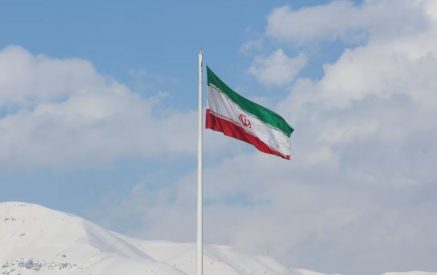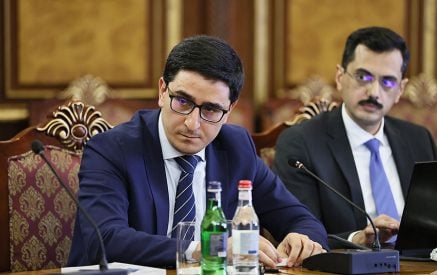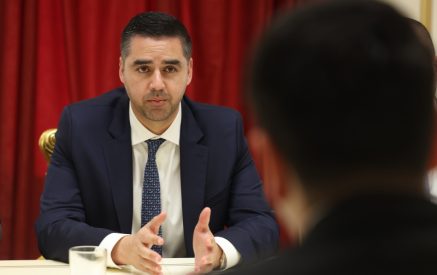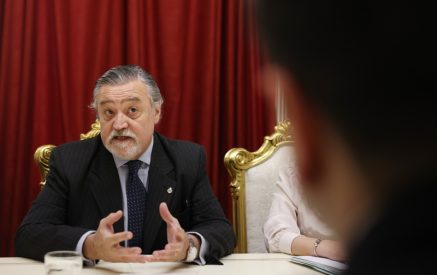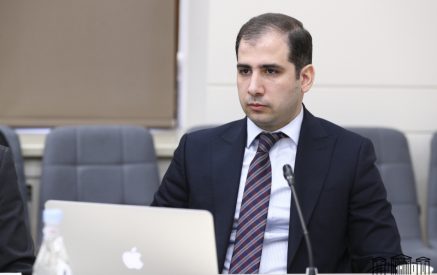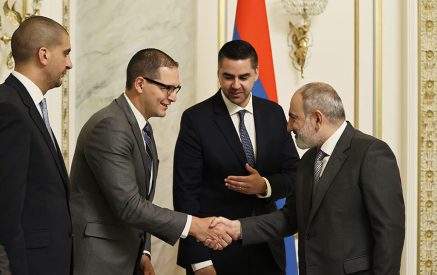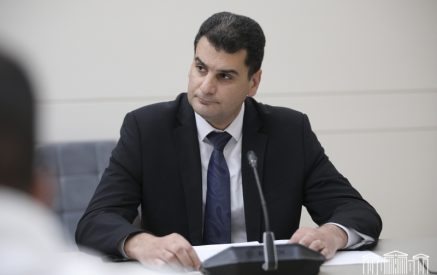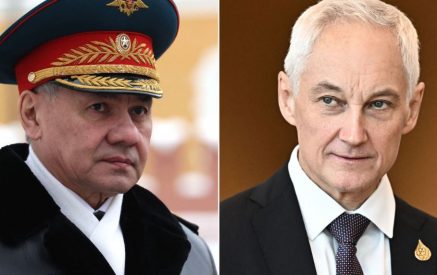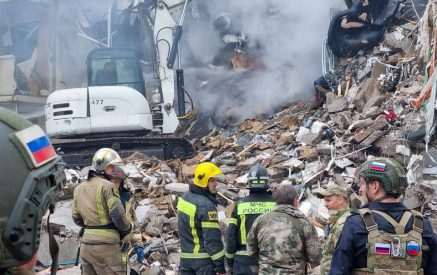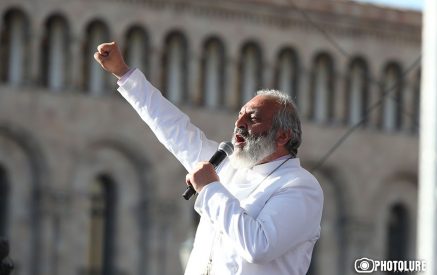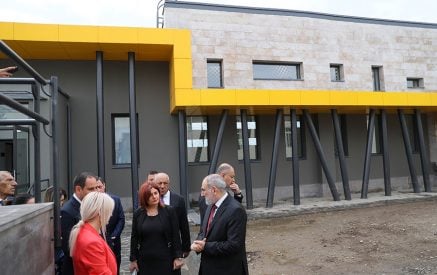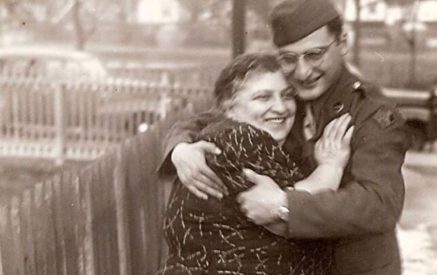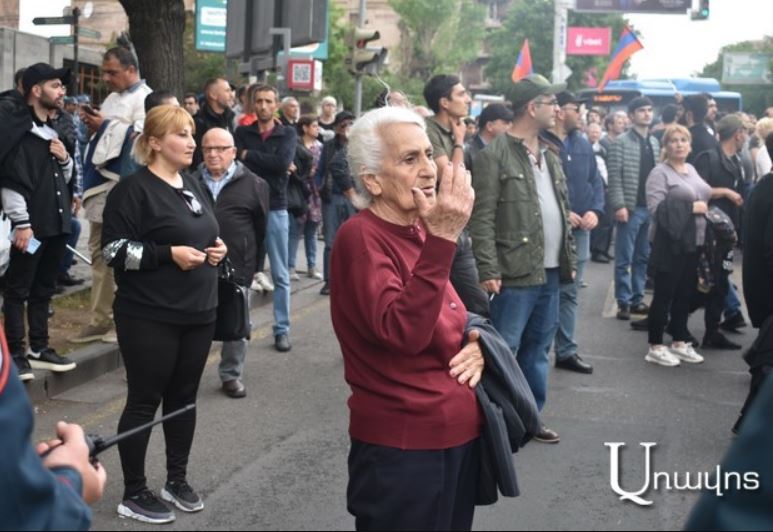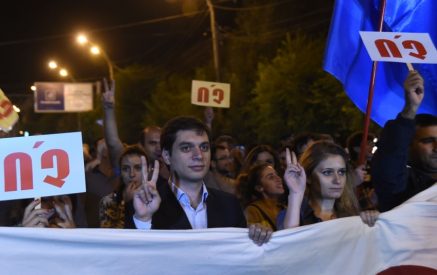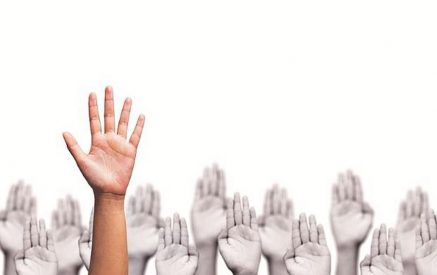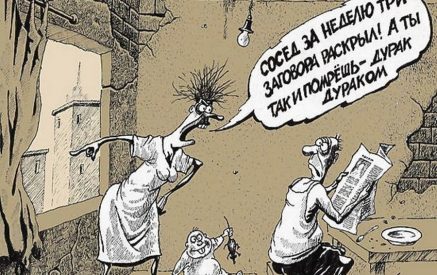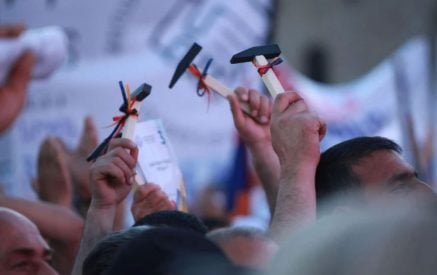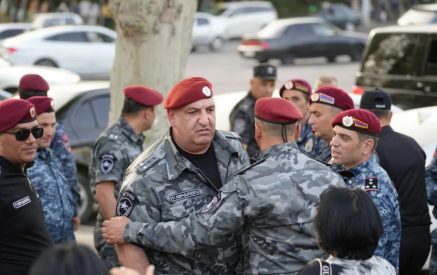Robert Dahl’s “polyarchy” and the Armenian reality
Talk about what kind of political regime is in Armenia and what it should be like usually leads to accusations against this or that government, while that talk is done only in public. In fact, even on a theoretical level, we have no idea what kind of country we live in. If we say that the regime is democratic (which I do not agree with), then we need to clarify what the components of that concept are. Free, transparent elections are usually celebrated. But it all depends on who participates in that election. If, for example, women, enslaved people, and foreigners do not participate, as was the case in the ancient Greek “polises,” it will be, you will agree, in a historically outdated state of democracy.
The same can be said of the United States in the first half of the 19th century, when women and enslaved people again did not have the right to vote. And in the middle of the same 19th century, the person who became president in the first general election in France, “working” as president for four years, then declared that he did not want to be an “ordinary president”, became emperor.
That is, he presented himself in a “non-democratic” way. Of course, one can not worry about these issues at all and share the opinion of the Austrian economist Josef Schumpeter, according to which democracy is limited to citizens participating in elections. This is the so-called “elitist democracy.” Every four or five years we elect a government, we step aside. In other words, we decide who the actors are on stage, but we are not given the opportunity to go on stage and participate in the performance. It is obvious that in the digital age, all citizens have the opportunity to appear on stage (at least in the role of scenery).
Read also
In general, during the 20th-21st centuries, political scientists constantly made adjustments to the concept of “democracy,” enriching it with shades and varieties in line with the times. According to some estimates, there were several dozen. Of course, if something has too many variations, there is a danger that the essence of the story may be lost under those many layers. But as far as I know, the features mentioned by the American political scientist Robert Dahl in 1953 do not cause much objection to anyone. Instead of the word “democracy”, Dahl prefers to use the term “polyarchy” – “power of many.”
According to him, power should be spread in the whole state, in society, in all its points. How is this done? The first two points have already been discussed. The government must be formed through free and fair elections. There is no discovery in the other points: platforms for self-expression, access to alternative sources of information, opportunity to create independent social units. There do not seem to be any serious problems with these five points in modern Armenia. One of the points that deserves special attention, which he calls government responsiveness, may be a less successful translation into Armenian “government response.”
The political scientist here means that decisions must be made as a result of discussions, that the government must work with the whole society, including the opposition, and in no case “demonize” the alternative opinion. Otherwise, the “polyarchy” will not be stable. On this occasion, Dahl puts forward several conditions of “polyarchy.” 1) Political leaders should not resort to violence with the help of the army or the police in order to maintain power. 2) Society should be dynamic based on the principles of pluralism. 3) Any subcultural pluralism should be based on a high level of tolerance. 4) Citizens, especially politically active members of society, should have a political culture that is close to the ideas of democracy.
Here, as you can see, in the four points of “government response” as well as political culture, we have serious problems. If the Armenian government responds, then only to the demands of its electorate, and partly mainly at the level of rhetoric. The government regularly uses violence to retain power. Society lives by many stereotypes. Apart from the intolerance of the two politicized parts, our citizens are not tolerant of any alternative views or lifestyles, they are not ready to discuss the issues in a “pluralistic spirit.” So, if we are guided by the model of Robert Dahl’s “polyarchy,” then Armenia, to put it mildly, still has a long way to go.
Aram ABRAHAMYAN






